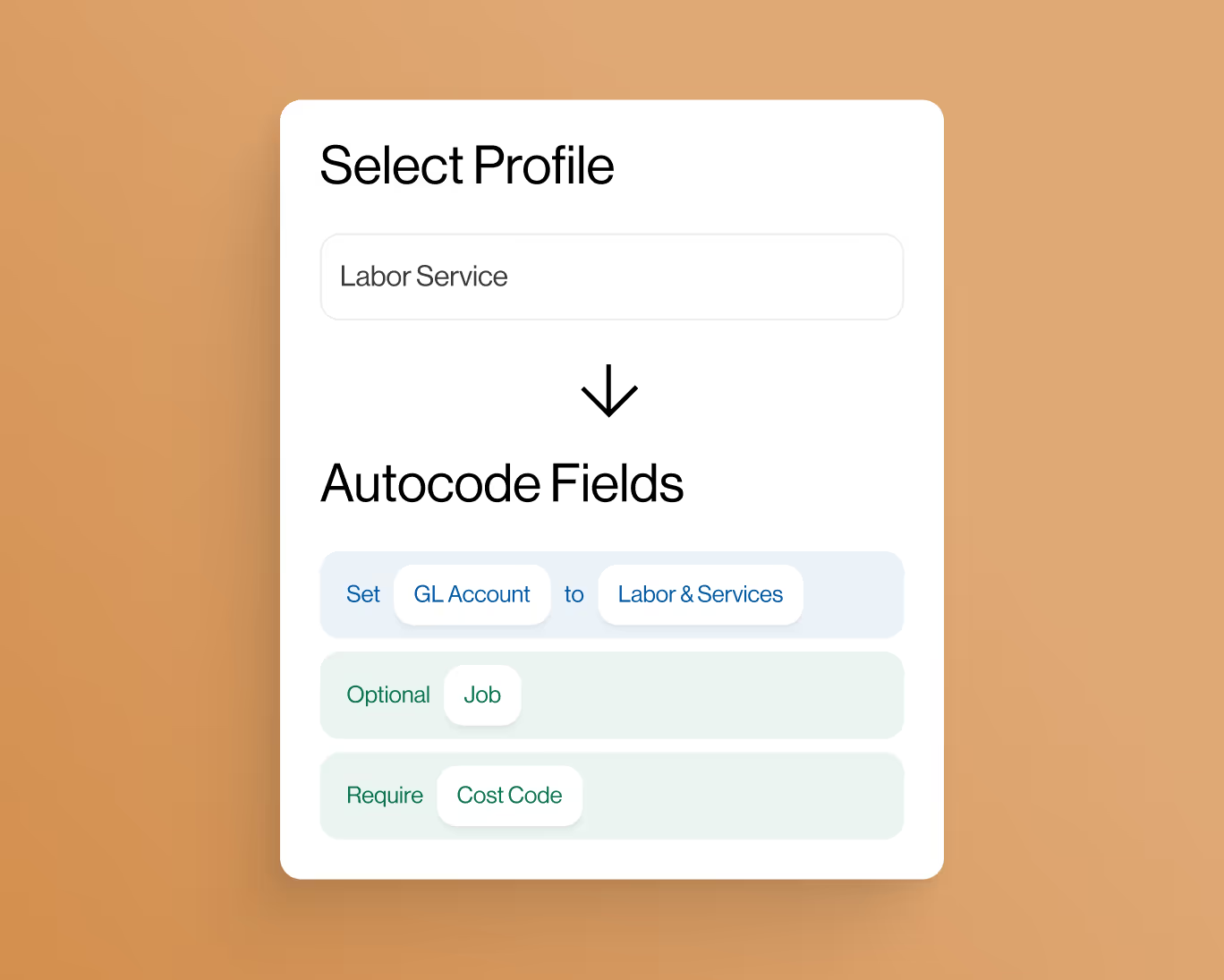Retained Earnings: A Deep Dive into Their Significance for Construction Companies
Introduction
When assessing the financial health and strategies of construction companies, a key metric that often comes into focus is retained earnings. Retained earnings offer insights into a company's reinvestment, growth, and financial stability. In this article, we delve into the world of retained earnings, understanding their composition, implications, and relevance in the construction industry.
Understanding Retained Earnings
Retained earnings represent the cumulative net income of a company that has been retained within the business rather than distributed as dividends to shareholders. In other words, retained earnings reflect the portion of profits that a company has chosen to reinvest in its operations and growth, reinforcing its financial foundation.
Composition and Mechanism
Retained earnings are influenced by several factors:
1. Profit Generation
As a construction company generates net income from its operations, a portion of that income is earmarked as retained earnings.
2. Dividend Decisions
Companies that choose not to distribute all profits as dividends allocate the remaining amount to retained earnings.
3. Reinvestment and Growth
Retained earnings provide a pool of funds that construction companies can utilize to reinvest in projects, expand operations, and support future growth.
Relevance in Construction
Retained earnings hold significance for construction companies and their stakeholders:
1. Financial Stability
Retained earnings bolster a construction company's financial stability by providing a cushion during lean periods and reducing dependence on external financing.
2. Funding Growth
Construction companies can tap into their retained earnings to fund new projects, acquire assets, and explore business expansion.
Benefits and Considerations
Retained earnings offer benefits along with considerations:
1. Financial Flexibility
Having substantial retained earnings provides flexibility to weather market fluctuations and pursue growth opportunities without incurring heavy debt.
2. Opportunity Cost
While retained earnings allow for internal funding, companies must weigh the opportunity cost of not distributing dividends to shareholders.
Challenges and Future Prospects
Retained earnings also come with challenges and prospects:
1. Balance
Construction companies must strike a balance between reinvestment through retained earnings and distributing dividends to reward shareholders.
2. Growth Potential
Retained earnings can contribute to sustained growth, allowing construction companies to capitalize on emerging opportunities.
Conclusion
Retained earnings serve as a vital financial metric that reflects a construction company's ability to generate profits, reinvest in its operations, and support future growth. By maintaining a strategic balance between internal funding and rewarding shareholders, construction companies can navigate the dynamic industry landscape while fostering financial stability and expansion.










